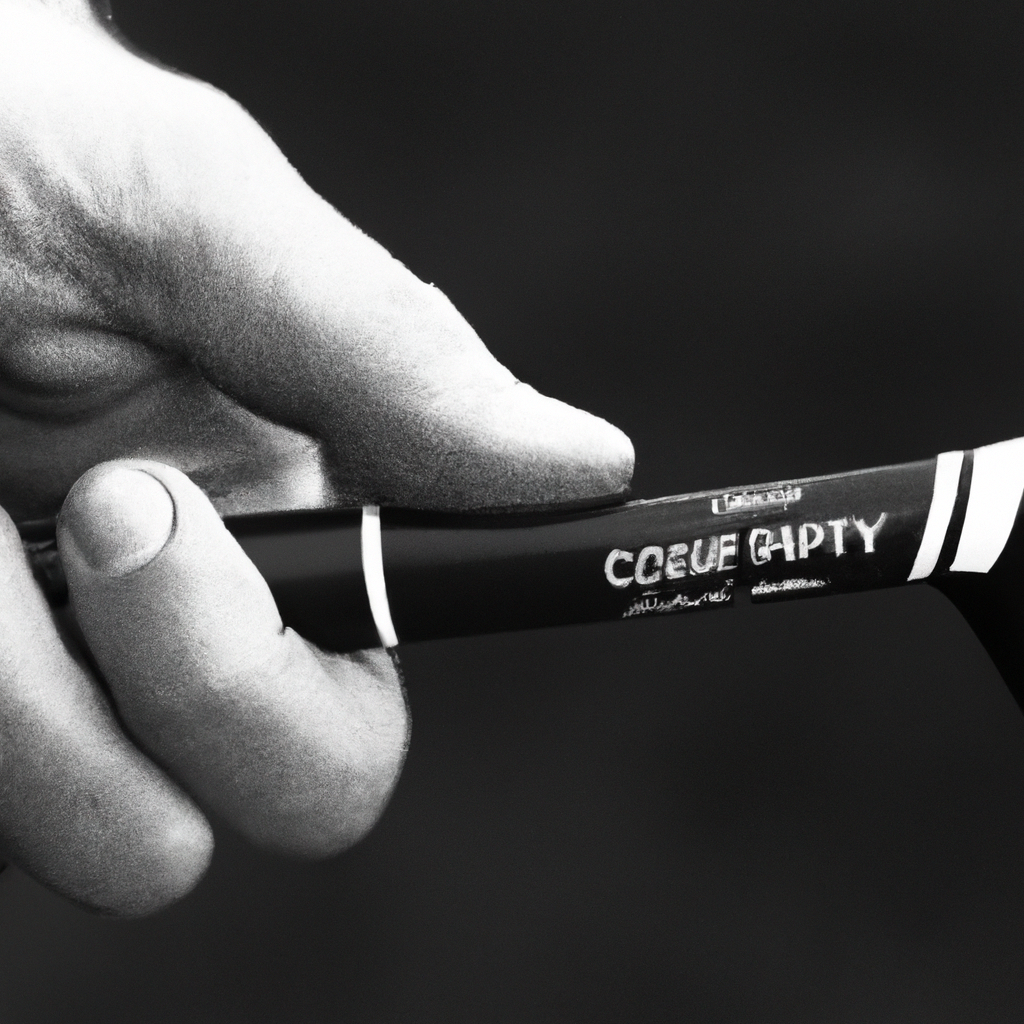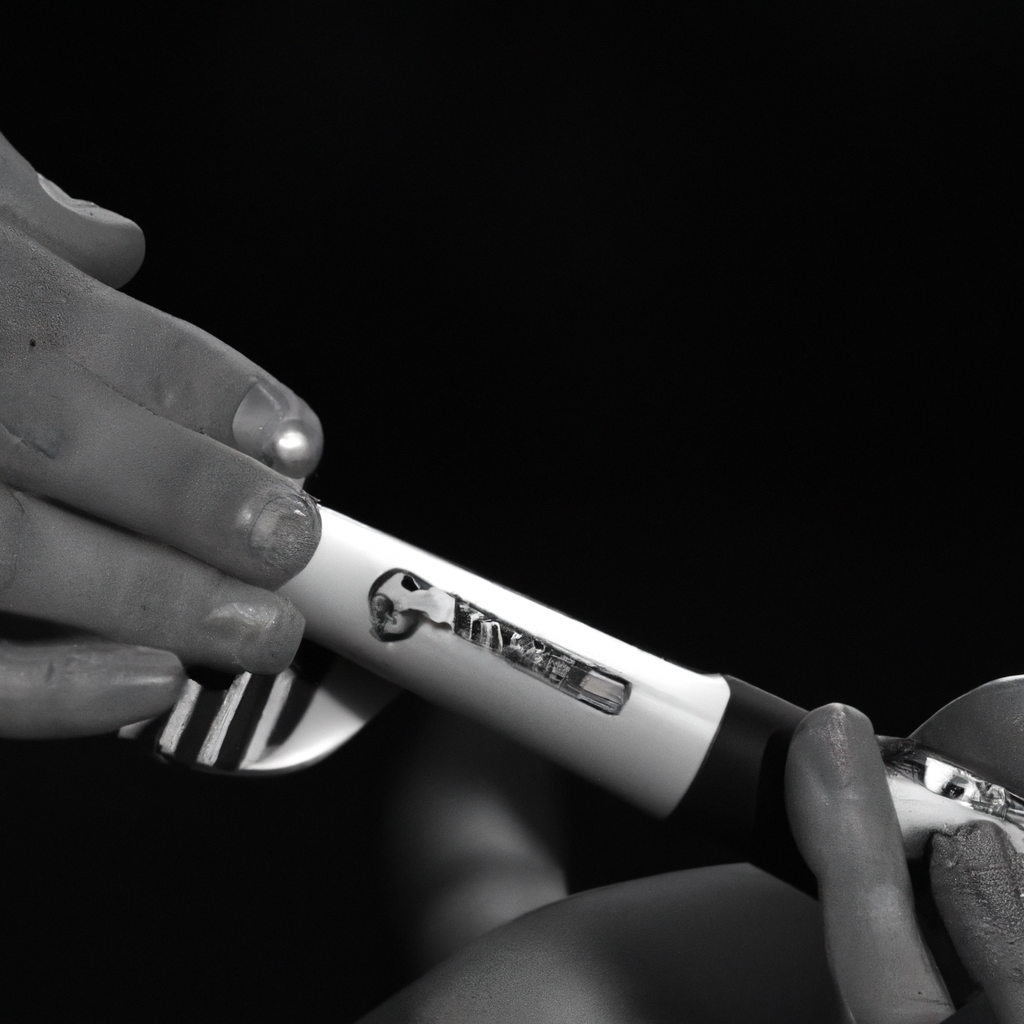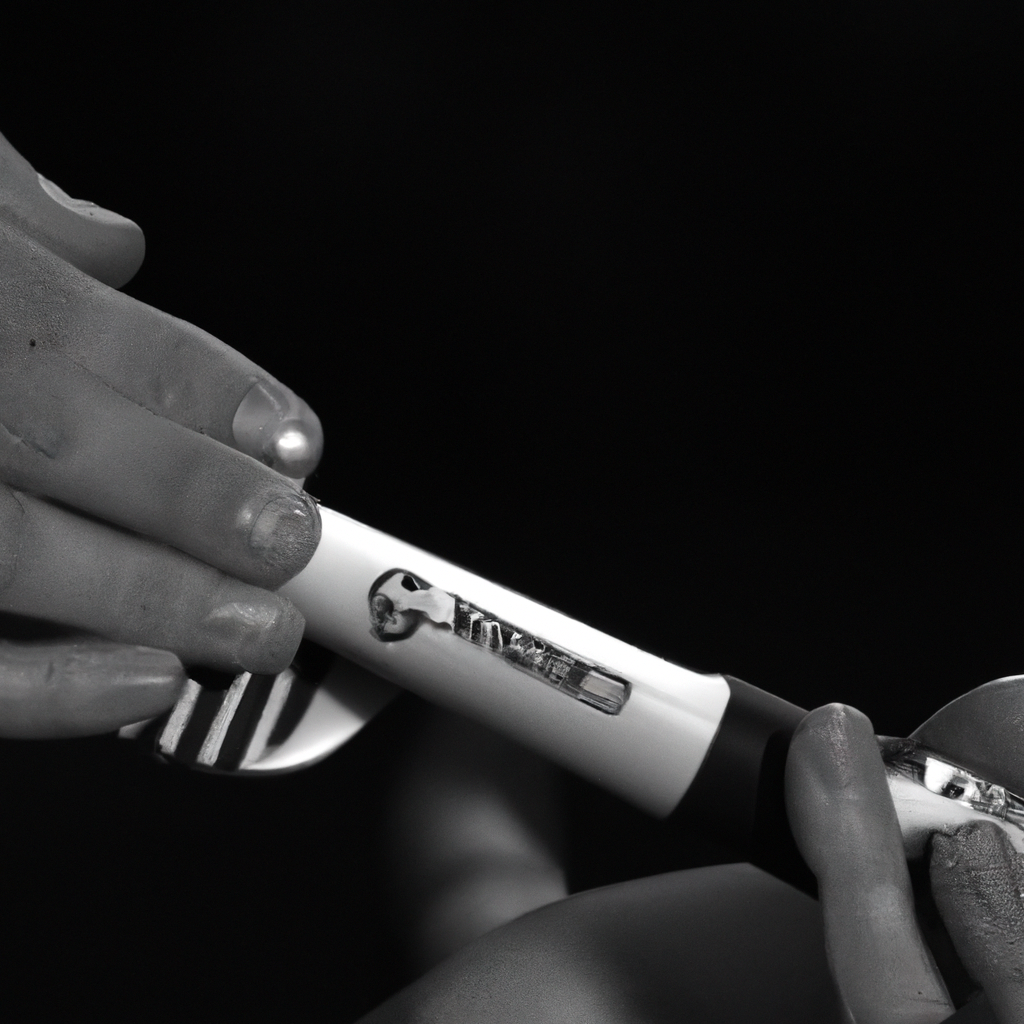We may earn money or products from the companies that may be mentioned in this post.
If you’ve ever marveled at the skill and finesse of professional golfers, chances are you’ve wondered about the secrets behind their success. One often underestimated factor that contributes to their exceptional performance is their choice of golf grip. Tightly wrapped around the club, the grip is the only point of contact between the golfer and their most trusted tool. In this article, we explore the world of professional golf grips, unraveling the choices made by the pros and the impact it has on their game.
Which Golf Grips Do Professional Golfers Use
When it comes to professional golfers, every tiny detail matters. From the swing mechanics to the equipment used, these elite players understand the significance of making the right choices. One often overlooked aspect of their game is the golf grip. While it may seem like a small and insignificant part of a golfer’s arsenal, the grip actually plays a crucial role in their performance. In this article, we will explore the different types of golf grips that professional golfers commonly use and delve into the reasons behind their choices.

Why the choice of golf grip matters for professional golfers
Before we dive into the various types of golf grips used by professional golfers, let’s first understand why the choice of grip matters so much in their game. The grip is the only point of contact between the player and the club, making it a vital link for transmitting power and control. A proper grip allows for a consistent and stable swing, maximizing the golfer’s chances of striking the ball with precision and power. It can enhance clubface control, reduce grip pressure, and promote a more relaxed swing, ultimately leading to better shot accuracy and distance control. With so much riding on the grip, professional golfers carefully consider their options to find the perfect fit for their game.
Common types of golf grips used by professional golfers
There are several types of golf grips available in the market, each offering unique advantages and characteristics. Professional golfers often experiment with different grips to find the one that suits their style and preferences. Let’s take a closer look at some of the most common types of golf grips used by the pros:
1. Traditional Leather Golf Grips
Leather golf grips exude a classic and timeless appeal, and many professional golfers still prefer them for their traditional feel. These grips offer a natural and firm texture, providing excellent feedback and durability. While leather grips may not offer as much shock absorption as some modern alternatives, their genuine leather construction offers a secure and solid connection between the hands and the club. This type of grip requires regular cleaning and maintenance to keep it in optimal condition.
2. Corded Golf Grips
Corded golf grips, also known as cord grips, feature a woven fabric layer under the surface for added traction and control. This design helps to prevent the hands from slipping, even in humid or sweaty conditions. Professional golfers often choose corded grips for their exceptional grip stability and superior feedback. However, the rough texture of corded grips may be too abrasive for some players, leading to potential blisters or calluses on their hands.

3. Rubber Golf Grips
Rubber golf grips have become increasingly popular among professional golfers due to their versatility and comfort. These grips offer excellent shock absorption, dampening vibrations and reducing the strain on the hands. Rubber grips also provide a tacky texture that ensures a secure hold, even in wet conditions. In addition, rubber grips are easy to maintain and clean, making them a convenient choice for avid golfers.
4. Wrap Golf Grips
Wrap golf grips are typically made of synthetic materials, offering a soft and cushioned feel. These grips are designed with a spiral pattern, creating a wrap-like texture that provides a comfortable and tacky grip. Wrap grips excel in promoting a relaxed and light grip pressure, allowing for a more fluid swing. Professional golfers seeking a balance between comfort, grip, and control often gravitate towards wrap grips.
5. Ribbed Golf Grips
Ribbed golf grips feature small, strategically placed ribs along the surface, providing additional traction and alignment aid. These grips help golfers maintain a consistent grip position, reducing the chances of the hands slipping during the swing. Ribbed grips can help improve hand placement and prevent grip twisting, resulting in more consistent shots. However, some golfers may find the ribbed texture uncomfortable or distracting.
6. Pistol Golf Grips
Pistol golf grips have a unique shape resembling that of a pistol handle, with a more pronounced taper towards the lower hand. This design promotes a more natural and comfortable hand position, encouraging a consistent grip throughout the swing. Professional golfers who prefer a grip that allows for wrist action and increased control often opt for pistol grips. However, it’s important to note that these grips may not suit all players, as personal preference plays a significant role in grip selection.
7. Midsize and Oversize Golf Grips
Midsize and oversize golf grips are larger in diameter compared to standard grips, offering more cushioning and a bigger feel in the hands. Professional golfers with larger hands or those looking for additional stability often prefer these grips. The larger size can reduce grip pressure and promote a smoother swing, as it allows the golfer to hold the club with a lighter touch. However, it’s crucial for players to find the right balance with grip size, as excessively large grips can hinder control and feel.
Frequency of grip changes among professional golfers
While the choice of golf grip is important, it is equally crucial for professional golfers to maintain and replace their grips regularly. The frequency of grip changes varies among players, depending on several factors such as usage, climate conditions, and personal preference. Some professionals choose to change their grips every few months, while others may opt for new grips after a certain number of rounds. Regularly inspecting grips for signs of wear, such as cracks or smoothness, helps ensure optimal performance and control.
Considerations when choosing a golf grip for professional play
When choosing a golf grip for professional play, several factors come into play. It’s essential to consider the player’s swing characteristics, hand size, playing conditions, and personal preferences. Professional golfers often seek guidance from equipment experts or golf coaches to help them make an informed decision. Additionally, trying out different grip types through demo clubs or borrowing from fellow professionals can provide valuable insights into what works best for each player.
In conclusion, the choice of golf grip is not to be underestimated when it comes to professional golfers. The grip serves as the connection between the golfer and the club, influencing control, power, and shot accuracy. With a range of different grip options available, professional golfers carefully consider each type’s advantages before settling on the one that enhances their game. From traditional leather grips to modern rubber grips, the perfect grip choice ultimately comes down to individual preferences, playing style, and a desire for optimum performance on the greens.
